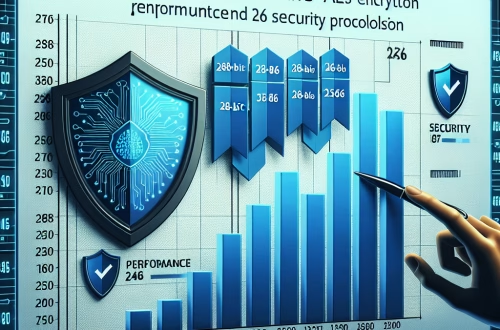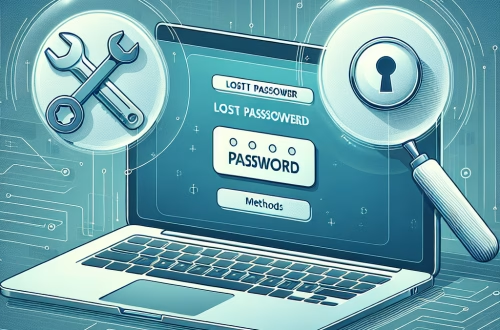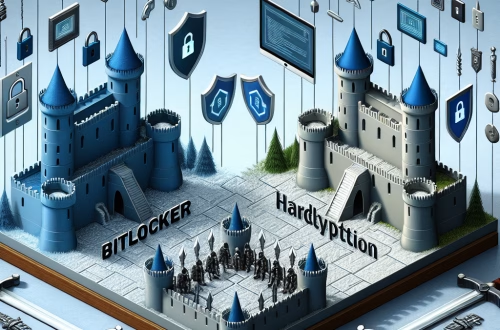BitLocker Recovery Key Error Explained
The BitLocker recovery key error occurs when BitLocker Drive Encryption requires the 48-digit recovery key to unlock an encrypted drive, typically due to failed authentication. This error is triggered by scenarios such as hardware changes (e.g., replacing the motherboard), incorrect PIN entries, TPM (Trusted Platform Module) malfunctions, or system updates that alter the boot configuration. The recovery key is a critical fallback mechanism to ensure data accessibility when normal decryption methods fail.
What This Means for You
- Immediate Impact: If you encounter the BitLocker recovery key error, your system will be unable to boot, and your encrypted data will remain inaccessible until the correct recovery key is entered.
- Data Accessibility & Security: Without the recovery key, your data may be permanently locked, emphasizing the importance of securely storing the key in multiple locations, such as a Microsoft account, USB drive, or printed copy.
- System Functionality & Recovery: Failure to resolve this error can render your system unusable. Troubleshooting may involve accessing the BIOS/UEFI settings, resetting the TPM, or using advanced recovery tools like the Command Prompt in a recovery environment.
- Future Outlook & Prevention Warning: Ignoring recurring BitLocker recovery key errors can lead to unexpected data loss. Proactive measures, such as understanding BitLocker’s behavior and maintaining secure backups of the recovery key, are essential for long-term data protection.
BitLocker Recovery Key Error Solutions
Solution 1: Entering the Recovery Key
When prompted for the BitLocker recovery key, follow these steps:
- Locate your recovery key. It may be saved in your Microsoft account, a USB drive, or a printed document.
- On the BitLocker recovery screen, enter the 48-digit recovery key using the on-screen keyboard if necessary.
- Press
Enterto unlock the drive and proceed with booting your system.
Note: Ensure you enter the key accurately, as multiple incorrect attempts may lock the system further.
Solution 2: Resetting the TPM
If the error is caused by TPM issues, resetting the TPM may resolve it:
- Boot into the BIOS/UEFI settings by pressing the appropriate key (e.g.,
F2,Del) during startup. - Navigate to the TPM settings and clear or reset the TPM module.
- Save changes and restart the system. BitLocker may prompt for the recovery key again; enter it to unlock the drive.
Warning: Resetting the TPM may require reconfiguring BitLocker settings afterward.
Solution 3: Using Command Prompt in Recovery Environment
If the system fails to boot, use the Command Prompt from a recovery environment:
- Boot from a Windows installation media and select
Repair your computer>Troubleshoot>Command Prompt. - Use the
manage-bdecommand to unlock the drive. For example:
manage-bde -unlock C: -RecoveryKey YOUR_RECOVERY_KEY - Restart the system and check if the drive is accessible.
Solution 4: Data Recovery Options
If all else fails, consider professional data recovery services. These services specialize in retrieving data from encrypted drives, though they may require the recovery key for decryption.
People Also Ask About
- What causes BitLocker to ask for a recovery key? Common causes include hardware changes, TPM errors, or incorrect boot configurations.
- Can I bypass the BitLocker recovery key? No, the recovery key is mandatory for unlocking the drive when authentication fails.
- Where is the BitLocker recovery key stored? It can be saved in your Microsoft account, a USB drive, or printed as a physical copy.
- What happens if I lose my BitLocker recovery key? Without the key, your data may be permanently inaccessible.
- How do I prevent BitLocker recovery key errors? Regularly back up your recovery key and ensure your system’s TPM and boot settings are stable.
Other Resources
For more detailed guidance, refer to the official Microsoft documentation on BitLocker recovery key management and troubleshooting.
How to Protect Against BitLocker Recovery Key Error
- Regularly back up your BitLocker recovery key to multiple secure locations, such as a Microsoft account, USB drive, and printed copy.
- Avoid making unnecessary hardware changes that could trigger BitLocker’s recovery mode.
- Keep your system’s firmware and TPM drivers up to date to prevent compatibility issues.
- Enable BitLocker’s automatic unlock feature for fixed data drives to reduce the likelihood of recovery prompts.
- Monitor system logs for TPM or BitLocker-related errors and address them promptly.
Expert Opinion
The BitLocker recovery key error underscores the importance of balancing security and accessibility. While BitLocker provides robust encryption, users must take proactive steps to manage their recovery keys and understand the system’s behavior to avoid data loss.
Related Key Terms
- BitLocker recovery key not working
- TPM error BitLocker
- BitLocker drive encryption stuck
- manage-bde command prompt
- BitLocker automatic unlock issue
- Windows 10 BitLocker fix
- BitLocker recovery key storage
*Featured image sourced by Pixabay.com





